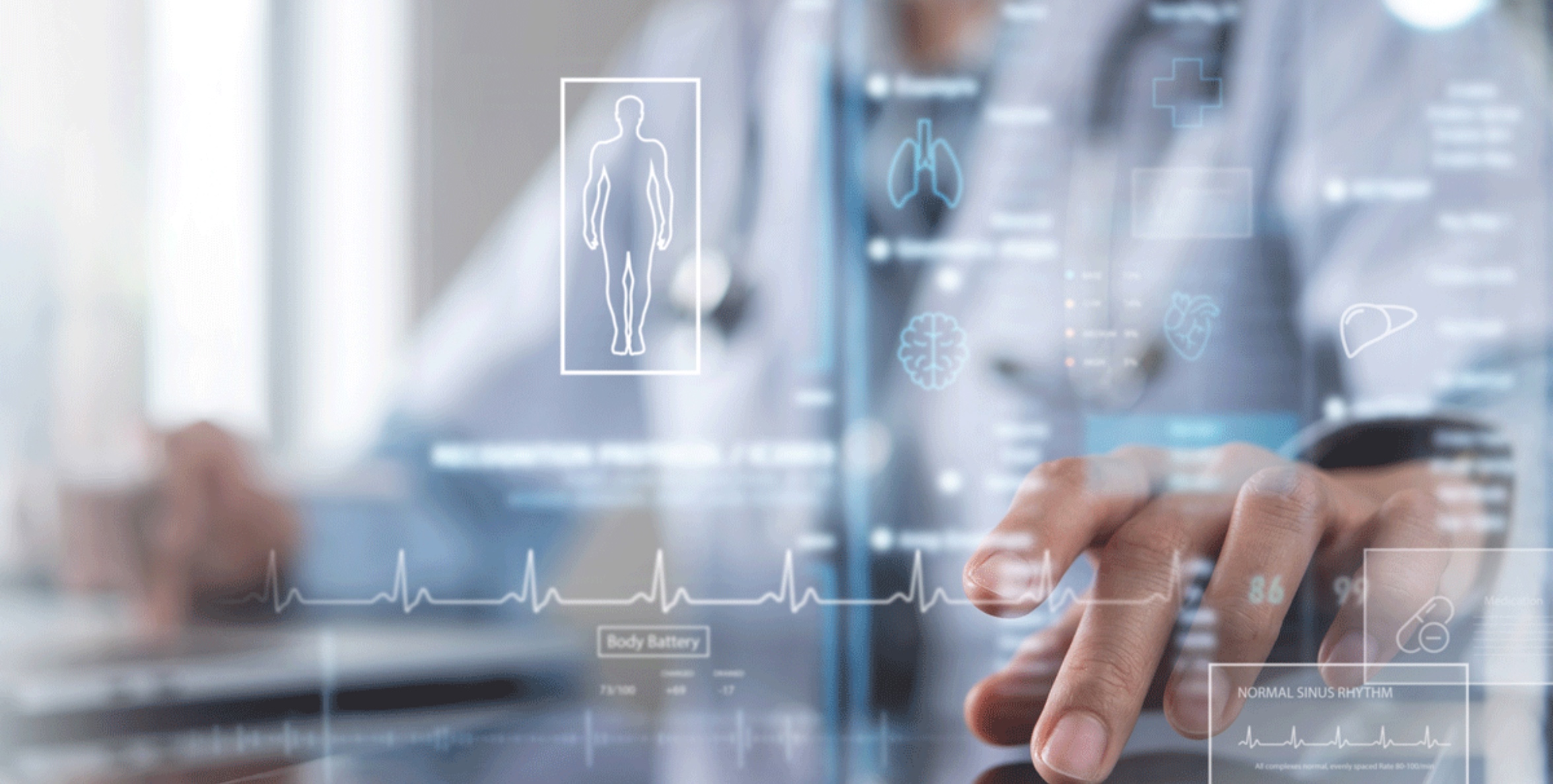Cappsule and The Future of Healthcare: A Closer Look at Remote Patient Monitoring

As healthcare continues to evolve, remote patient monitoring (RPM) is becoming a game-changer in improving patient care and outcomes. By using technology to monitor patients outside of traditional healthcare settings, RPM helps manage chronic diseases, reduces hospital admissions, and fosters proactive healthcare interventions. This is where Cappsule comes in. We are looking to allow healthcare providers to improve patient outcomes with the latest sensor technoilogy.
So What Is Remote Patient Monitoring?
Remote Patient Monitoring involves using digital devices and software to collect health data from patients in real time, which is then transmitted to healthcare providers for assessment and feedback. This technology is especially valuable for individuals managing chronic conditions like diabetes, hypertension, and heart disease, where continuous monitoring can be crucial for effective management.
RPM typically involves wearable devices such as smartwatches, sensors, and even smartphone apps that track vital signs, including heart rate, blood pressure, glucose levels, and oxygen saturation. The data is sent to healthcare providers, who can monitor patients' health trends remotely and intervene when necessary.
Why Remote Patient Monitoring Matters
RPM is not just a tech trend; it’s transforming the way healthcare is delivered. Here’s why it matters:
- Improved Patient Outcomes: Studies show that RPM can lead to better management of chronic conditions. A study by the American Heart Association found that RPM for hypertension patients resulted in significant improvements, reducing systolic blood pressure by an average of 10 mm Hg.
- Cost Efficiency: Hospital readmissions are costly, both for patients and healthcare providers. According to a report by the National Institutes of Health, RPM programs reduce hospital readmission rates by up to 40%, saving the healthcare system millions of dollars annually.
- Increased Patient Engagement: Patients are more empowered when they have access to their health data. RPM encourages active participation in health management, which can lead to better adherence to treatment plans and improved overall health.
- Convenience and Accessibility: RPM allows patients to receive high-quality care without needing frequent trips to a hospital or clinic. For people living in rural or underserved areas, RPM bridges the gap between them and their healthcare providers.
Key Benefits of Remote Patient Monitoring
1. Continuous Monitoring
Unlike traditional check-ups that occur periodically, RPM provides continuous, real-time monitoring of patients. This ensures that any abnormal readings or health trends can be flagged early, allowing for immediate medical attention.
2. Early Detection of Health Issues
RPM can detect small changes in a patient’s condition before they escalate into serious issues. For example, heart failure patients using RPM were 50% less likely to need hospitalization, according to a study in the Journal of Medical Internet Research.
3. Improved Chronic Disease Management
Chronic conditions, which account for 90% of healthcare spending in the U.S., benefit greatly from RPM. Patients can better manage their conditions at home, which reduces the need for emergency room visits and costly treatments.
Best Practices for Implementing Remote Patient Monitoring
- Invest in User-Friendly Technology like Cappsule: In a healthcare environment simple and robust user experience is important. With Cappsule's design carers and patients can enjoy simple user interfaces and clear instructions for those who may not be tech-savvy.
- Data Security and Privacy: Protecting patient data is paramount. Healthcare providers must adhere to strict privacy laws like HIPAA to ensure sensitive patient information is kept confidential.
- Provide Ongoing Support: While RPM technology is powerful, human support remains essential. Patients should have access to medical professionals who can explain data, offer guidance, and make timely decisions when needed.
- Tailored Monitoring Plans: Each patient’s health needs are unique, so RPM solutions should be customisable. Tailor RPM programs based on patient-specific health conditions to optimize the benefits of remote care.
The Future of Healthcare is Here
As healthcare systems continue to embrace digital transformation, the role of RPM is only set to grow. According to a 2023 report by Grand View Research, the global RPM market is projected to reach $175 billion by 2030, up from $29 billion in 2022. This underscores the critical role RPM will play in future healthcare, improving both accessibility and patient outcomes.
By leveraging the power of remote monitoring, healthcare providers can deliver better care while minimising costs and improving the patient experience. The future of healthcare is not just about treating diseases but managing them in a proactive, patient-centric way. And RPM is at the heart of this transformation.
Learn More:
For more information about RPM and its benefits, visit reputable resources like:











.png)